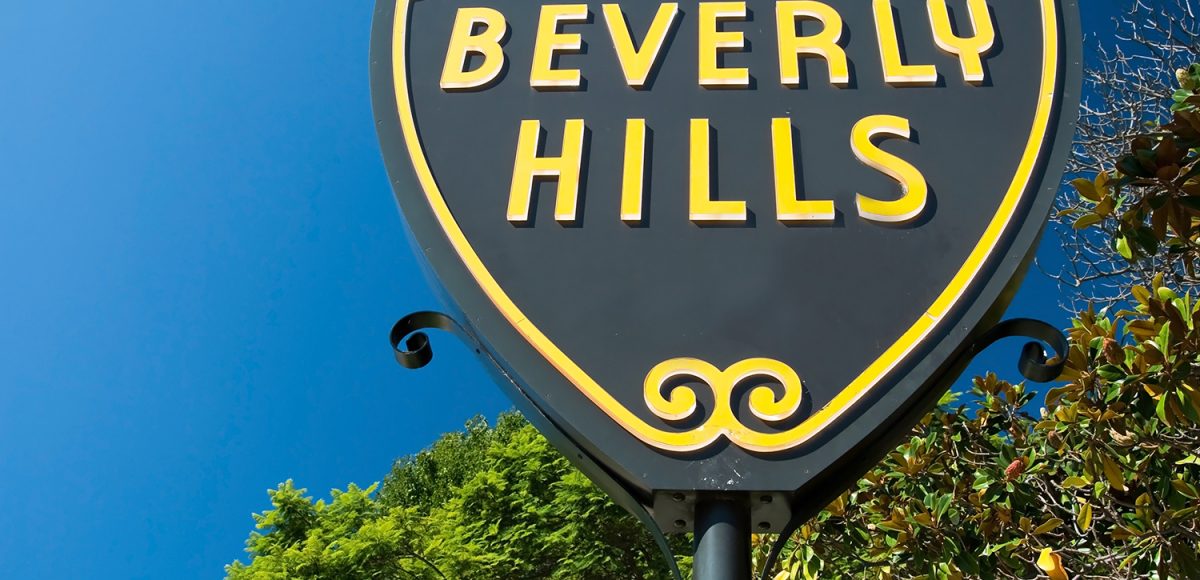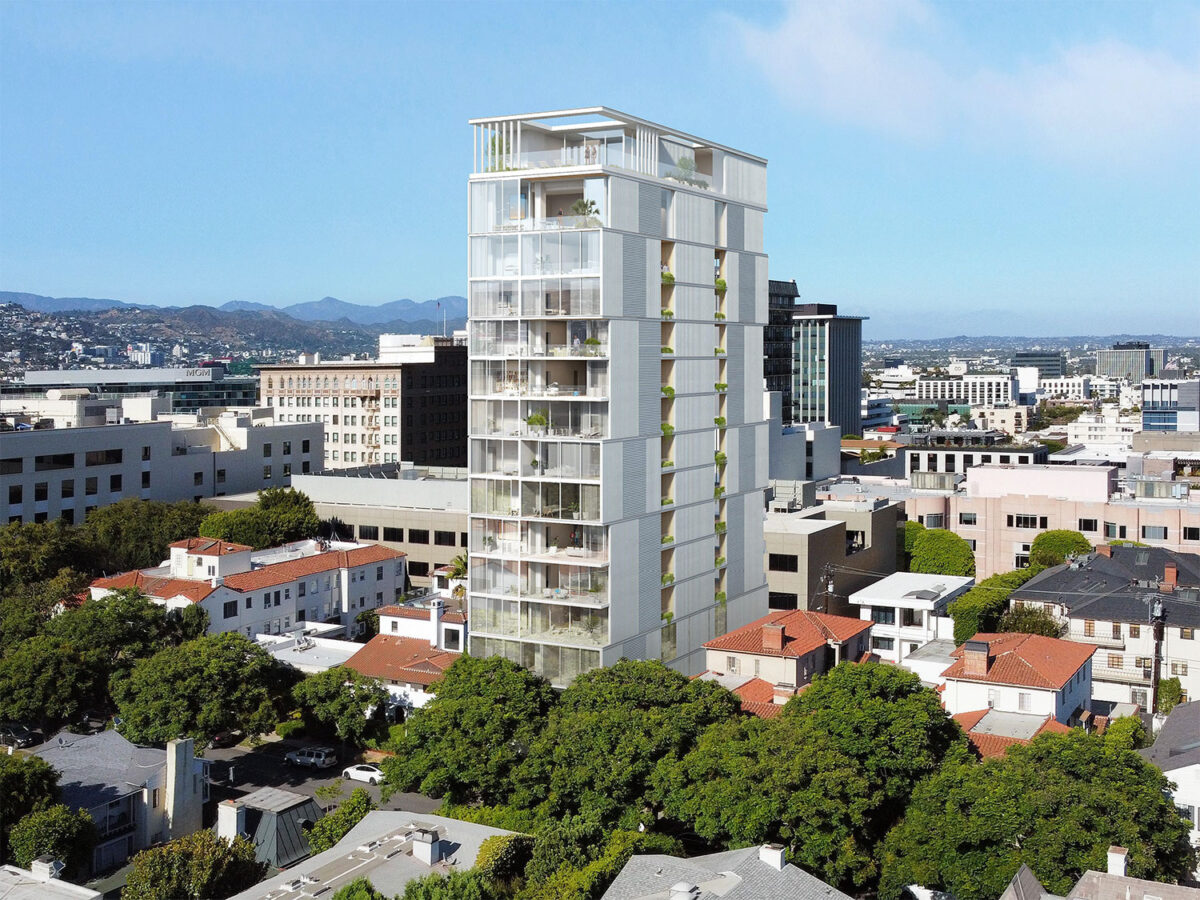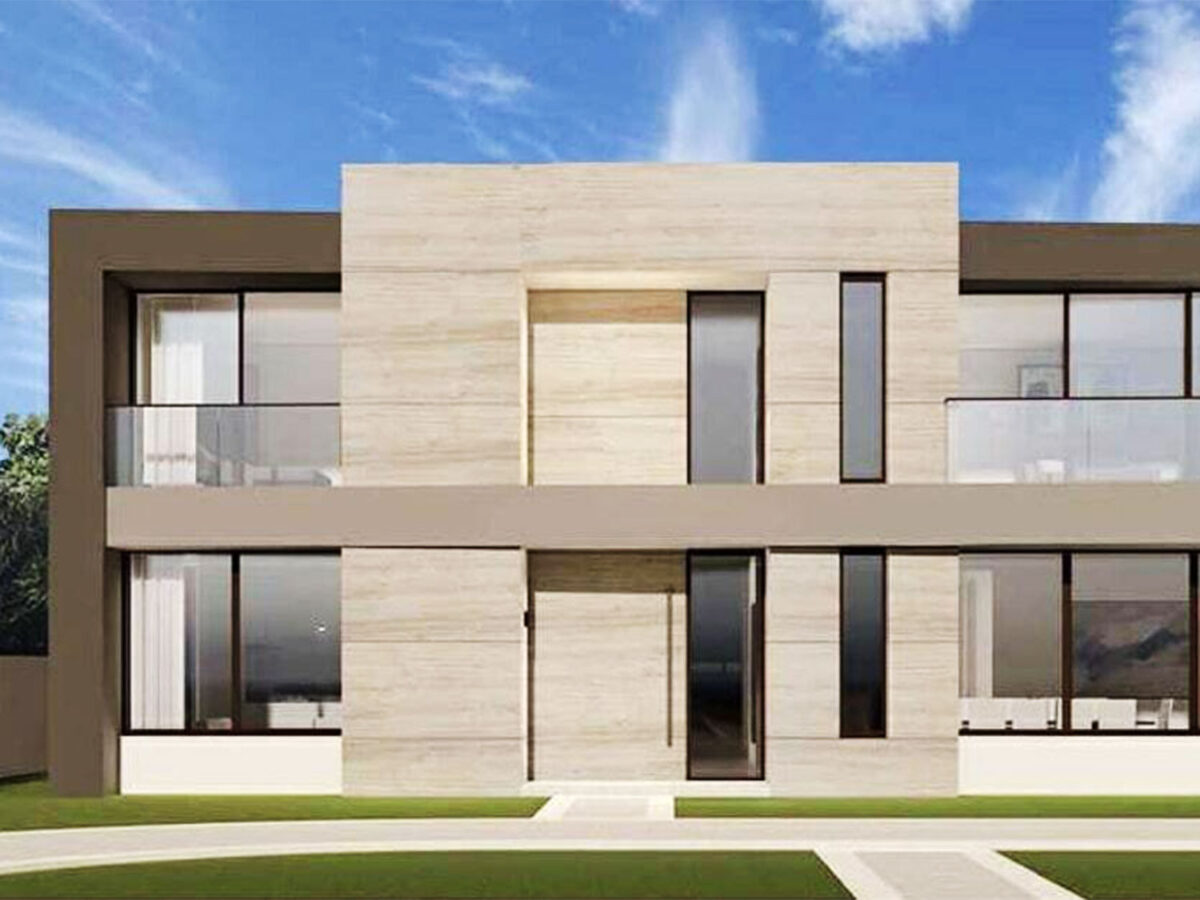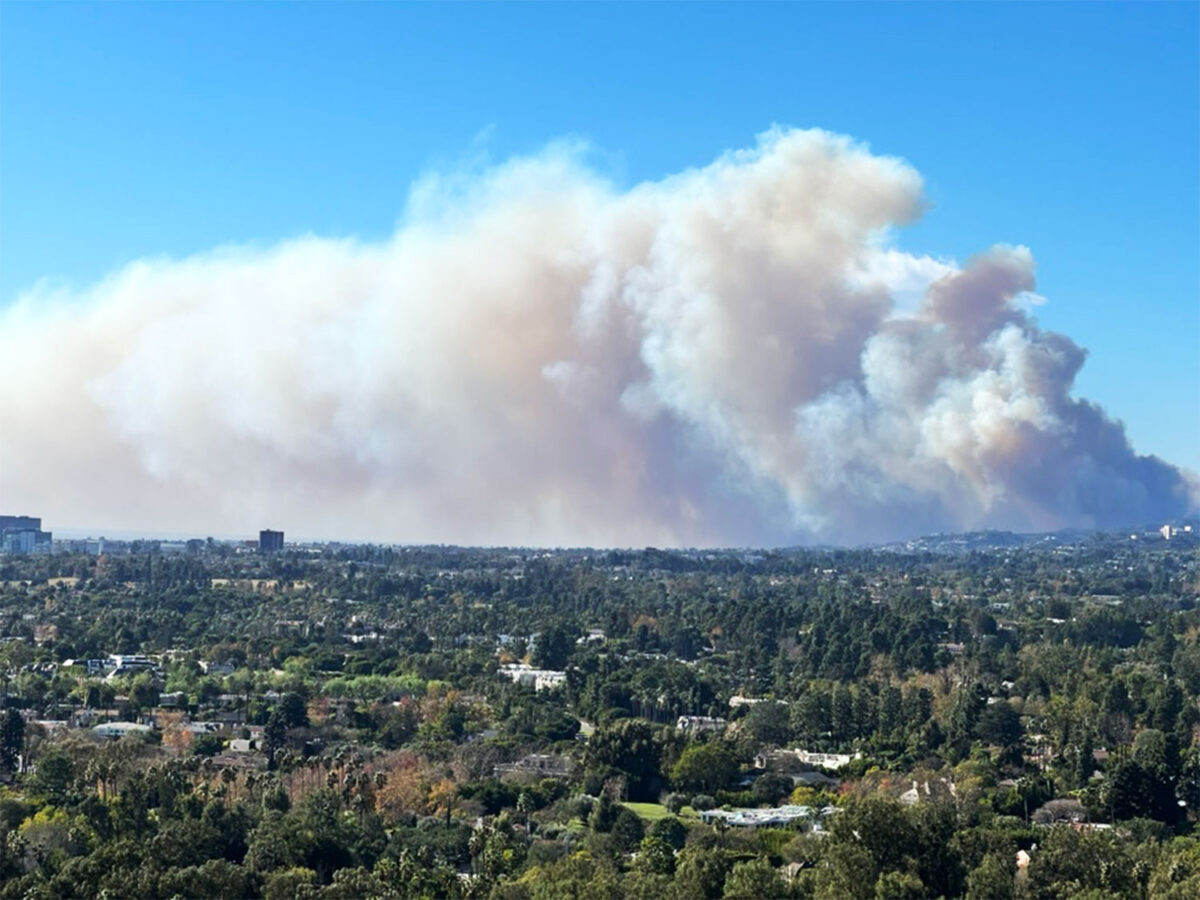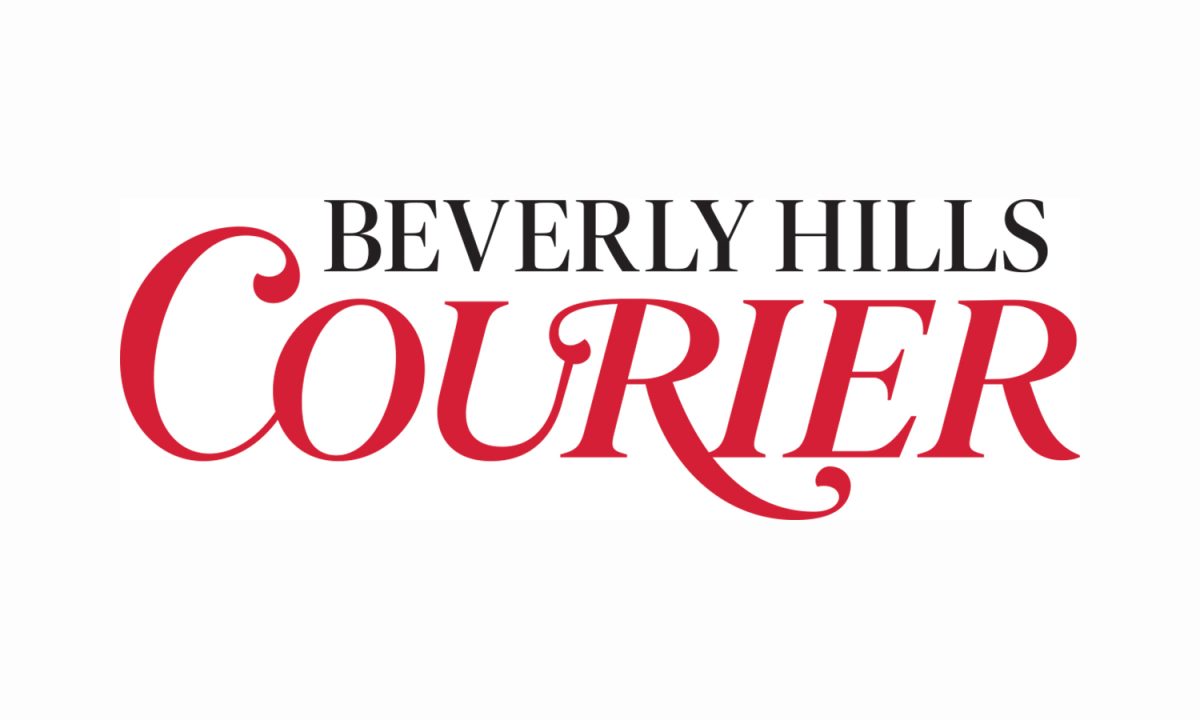When asked to describe the commercial real estate situation in Beverly Hills, the outlook of some of its top brokers and stakeholders is warily optimistic. While retail and restaurants are picking up, especially in the Business Triangle, recent office sales in and especially outside the Triangle have been more sluggish.
The city’s total office market vacancy rate was 16.8% for April, May, and June of 2021, almost double the 9.1% it was a year earlier, according to a report from commercial real estate analysts Costar provided by the city. Commercial rents are down 15% in the Business Triangle, Prime Properties Real Estate President Sep Melamed estimates, and the eviction moratorium has allowed many small businesses to go over a year without paying any rent.
But a number of city policies, coupled with the enduring allure of the Beverly Hills brand, has meant that demand for available commercial spaces is starting to outweigh supply. Promisingly, the Business Triangle expects to be fully occupied by the end of 2021, according to Houman Mahboubi, Jones Lang LaSalle Los Angeles Executive Vice President.
Mahboubi appeared more optimistic than wary when he gave a report at the Aug. 19 Property Owners Task Force Committee meeting, which was attended by Beverly Hills City Council Liaisons Julian Gold and Lester Friedman. Mahboubi even argued that in some respects, commercial real estate is in a better position than it was pre-pandemic, especially on North Beverly Drive, where half of the vacancies have been filled.
“The activity has been at an all-time high in terms of inquiries, surveys, interest and deals getting done,” he said, citing the presence of a number of new brands and restaurants like Maple & Ash steakhouse, Guess, and salad chain Sweetgreen. By all accounts, the Golden Triangle is living up to its name.
“Generally speaking, if you look at each area of the Triangle, whether it’s Rodeo Drive, which by the end of this year will have no vacancies, or Brighton Way, which is making a return, Little Santa Monica, South Beverly Drive, Wilshire – there’s so much activity on so many levels, whether it’s lifestyle, fashion brands, fitness, restaurants, food, a lot of service, wellness and art galleries have made a huge comeback,” Mahboubi said, claiming that Beverly Hills is “by the far the most in-demand on many levels.”
“Some of the major brands have seen exponential increases, and that has resulted in their corporate offices seeking spaces much bigger spaces,” said Kathy Gohari, president of the Rodeo Drive Committee, noting the proliferation of creative pop-ups she has seen in the Triangle. “They’re spending money any way they can on the street with activations, with any kind of extra activity that could promote more business that they’re already getting. Certain businesses who are not as lucky with extra business are still coming up with different marketing they’re contacting us to help them come up with new ideas.”
For this surprising turnaround, Mahboubi credits OpenBH, a city program allowing businesses to expand into the public areas without paying Special Event Permit fees that has been extended until the end of 2021. He also praised the 2020 Mixed Use Ordinance, an amendment to the city’s General Plan that allows for mixed residential and commercial development in designated zones.
“Everyone is so excited about developments, expansion, and really being open to creative and innovative new ideas,” he said. “The city has outlined mixed use, the Purple Line is coming forth, One Beverly Hills, there is so much happening. Also on Wilshire a lot of mixed-used projects are moving forward, including more office space that’s being built it’s a very comprehensive, healthy situation.”
Dar Mahboubi, owner of the House of Bijan and developer of the Rodeo Collection, also credited the city’s tougher stances on crime and homelessness. “The relative success of our city in terms of not having too much visible homelessness, camps and sidewalk benches and parks getting occupied by homeless people, which prospective tenants, especially the Europeans I’ve been talking to, seem to value that aspect of Beverly Hills,” he said.
The situation is a bit less golden outside the Triangle, especially for office space, according to Prime Properties President Sep Melamed. “We were having the activity pick up, but with the Delta variant, it’s slowed a lot of activity in the city,” he said. “A lot of businesses still have 25 to 50% of their workforce still working from home. Usually June, July, and August tend to be the slowest leasing months, but it was picking up March, April, May, but it slowed down again.”
According to CoStar, office rents in Beverly Hills Q2 are averaging $5.69 per square foot, down from $5.87 in Q2 of 2020, and $5.74 in Q2 of 2019. Melamed told the Courier that office rates in the Triangle are averaging $4.50 to $6 per square foot, and $3-4 outside the Triangle.
Melamed said that sales are inching up again and expects a better fall season, but it would be premature to make any definite pronouncements before the end of Quarter 3, especially given the Delta variant. “Retail is rebounding, but on the office side people are a little bit more careful,” he told the Courier, noting that many firms are considering permanently downsizing in favor of expanded telecommuting options.
While Mahboubi said that Beverly Hills was outperforming its neighbors in terms of retail and restaurant space, Melamed said that most of the new office space is being leased in Century City skyscrapers. “Century City has seen enormous increases in rents, mainly because they have large blocks of spaces, and a lot of the financial companies and law firms are expanding at a very large rate,” he said. “A lot of tenants would love to be in Beverly Hills, but our biggest challenge is that there’s not a lot of large, contiguous space with great views. There’s a lot of great buildings, and as Houman brought up, there’s a couple new developments on Wilshire that are really helping.”
Melamed said that the fastest growing office space in the city are high-end medical offices, which he credits to a November 2020 urgency ordinance that removed several major restrictions to opening medical space, with the idea of filling vacancies with newly-critical medical expertise. The ordinance, which is set to expire in October unless the Council votes to renew it, has resulted in 16 requests to convert existing office space into medical space, according to a city staff report. Six have been completed, resulting in 9,860 square feet of new medical floor area, while 10 requests, totaling 34,600 square feet, are still pending.
Prior to the ordinance, medical offices constituted 20% of the city’s commercial building spaces, and the ordinance has led to a roughly 3% increase, according to the staff report. According to Melamed, medical rates average $5.50 per square foot outside the Triangle and $7 per square foot within the Triangle.
To remain competitive, many landlords have used vacancies to renovate, according to Melamed. Sam Hakim, president at S2 Squared Properties, suggested expanding the newly-passed Rooftop Dining Ordinance beyond the Business Triangle, and investing in South Beverly Drive as a potential new commercial hub. Councilmember Lester Friedman noted that after over 30 years, he is moving his law practices from the Triangle to South Beverly Drive.
In light of OpenBH parklet taking up parking spaces, Hakim also advocated the city investing in valet services.
“In the past you had some valet assist stations throughout the city. Another option is, can the city subsidize maybe in a tax form with landlords to offer valet to the public to help people get into these businesses that are now open,” Hakim asked.
Todd Johnson, President and CEO of the Beverly Hills Chamber of Commerce, also endorsed the medical rule modifications and the possibility of easing parking restrictions. “The Chamber is excited about all the leasing activity in Beverly Hills which is a strong sign that our economy is doing well and that Beverly Hills continues to be a big draw for new companies,” Johnson “Johnson told the Courier in an email. “The Chamber appreciates the actions taken by the City during the pandemic to support businesses and continuing its current work, including evaluating lower parking requirements, modifying medical office rules and attracting new businesses.”
Gohari recommended landlords keep their vacant storefronts as clean as possible, and put signs in the windows to advertise upcoming businesses, just like new tenant Ferrari has done. Meanwhile, the Next Beverly Hills Committee has teamed up with the Arts & Culture and Human Relations Commissions on the Visions of the Future project, which is enlisting local artists to create pop-up installations on vacant storefront windows downtown.
Without that, people may get the impression things are worse than they really are, Gohari said. “The tourists, the people who are walking down the street, they have no idea what our plans are for the future,” she said, pointing to a picture of a sign from Ferrari saying “We are working on something special for you.”
“They just see empty lots, and they see some spaces where there’s leftover furniture and dust bunnies.”



